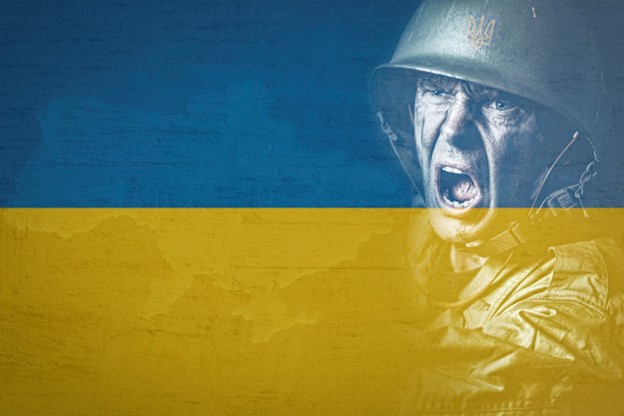As we approach winter in the northern hemisphere, the war in Ukraine is beginning to resemble a “frozen conflict” from many perspectives. Ukrainian President Volodymyr Zelensky recently told the media he hopes the war will end faster once President-elect Trump takes over in January. Opinions in Moscow, however, differ from that of the Ukrainian leader. Russian President Vladimir Putin argues that the North Atlantic Treaty Organization (NATO) needs to exclude Ukraine from joining in “exchange” for peace. If it does not, he says, then no end to the war is in sight. So far there is no Christmas solution.
Several NATO countries, according to Vladimir Socor of the Jamestown Foundation, are tentatively considering “coalitions-of-the-willing” to provide security for Ukraine outside of the formal NATO framework. There is, however, no collective mechanism today under which such an arrangement is viable. According to the NATO Charter, while Ukraine is a NATO partner country, it may not join as a full member since it has not fulfilled the requirements for membership. That has not stopped NATO and allies from continuing “to provide Ukraine with unprecedented levels of support, helping to uphold its fundamental right to self-defence,” according to the organization. Socor says that keeping Ukraine out of NATO will not advance peace with Russia. Waiting for a peace settlement, he suggests, would only serve to encourage Moscow to continue the war indefinitely.
Although the Biden Administration officially withdrew its support for Ukrainian membership in 2021, NATO maintains an “open door” policy toward membership-seeking countries. The current White House position led the way for European states to oppose Ukraine’s membership saying that a decision should be delayed until “conditions are met.” Biden pushed for changing “open door” to a “bridge” metaphor. It is not intended as an across-the-board NATO policy and has been implemented in the past on a case-by-case basis, says Socor. “The alliance’s open-door policy was not fully insulated from Russia’s non-statutory blocking power, and NATO-aspirant countries’ path toward membership was not always irreversible.” Russia has successfully blocked states like Georgia from joining, first in 2008 and again after the war in Ukraine began in 2014. Russia recognizes the value add of Ukraine to NATO is enormous and that Kyiv has a better case than some other nations. Putin’s invasion was, in part, intended to foreclose that option.
By 2021, Moscow was pushing hard to maximize its war objectives, which included further annexations of Ukrainian territory. A main goal for Putin was, and is, to ensure there is no Ukraine left to join NATO. As President-elect Trump prepares to assume office in January, he is faced with the historical challenges presented by the war. Post-conflict security guarantees were the center of several proposals made during the 2023 military stalemate. The incoming Trump Administration has yet to outline how it intends to handle the Russia-Ukraine war. Analysts in Washington believe that the new Administration will expect its European allies to guarantee the majority of Ukraine’s security needs.
As we approach 2025, several European nations have acknowledged that they do not view Ukraine as eligible for NATO membership as it would draw the organization into the middle of the conflict. Others want to wait until the war is over or pending a “peace” settlement before considering Ukrainian membership. Socor reports that some “influential voices” are suggesting that “Kyiv should join NATO after “freezing” the war along a stable armistice line, de facto accepting Ukraine’s partition, with NATO security guarantees applying de jure to the government-controlled territory only.” This would mean starting accession talks soon with the actual talks to commence only after a ceasefire is in place. Trump arrives in Washington at a time when Putin’s hybrid strategies of war in Ukraine have eviscerated commonly-held differences between war and peace.
“Absent a political consensus in NATO over Ukrainian membership, certain European allies, including France’s President Emmanuel Macron, are holding informal consultations about post-conflict security guarantees to Kyiv by NATO members outside of NATO’s framework,” according to the Jamestown Foundation. The Biden Administration downplayed the discussions on possible forms of military assistance and defense industry cooperation by sending only an Assistant Secretary of State. For a European peace to hold the Trump Administration would need to formally extend the United States’ nuclear deterrence to Ukraine.
Options under discussion in Europe include a “coalition of the resolute” to deploy forces to Ukraine as part of a possible armistice package, deterring further Russian attacks, says Secor. European officials are also debating, without any agreement, whether its military forces could perform non-combat logistical roles to free Ukrainian forces to fight. None of the possible courses of action has moved forward as all eyes are waiting on the incoming Trump Administration for clues about its intended level of support for a NATO framework and other non-NATO proposals.
Daria Novak served in the U.S. State Dept.
